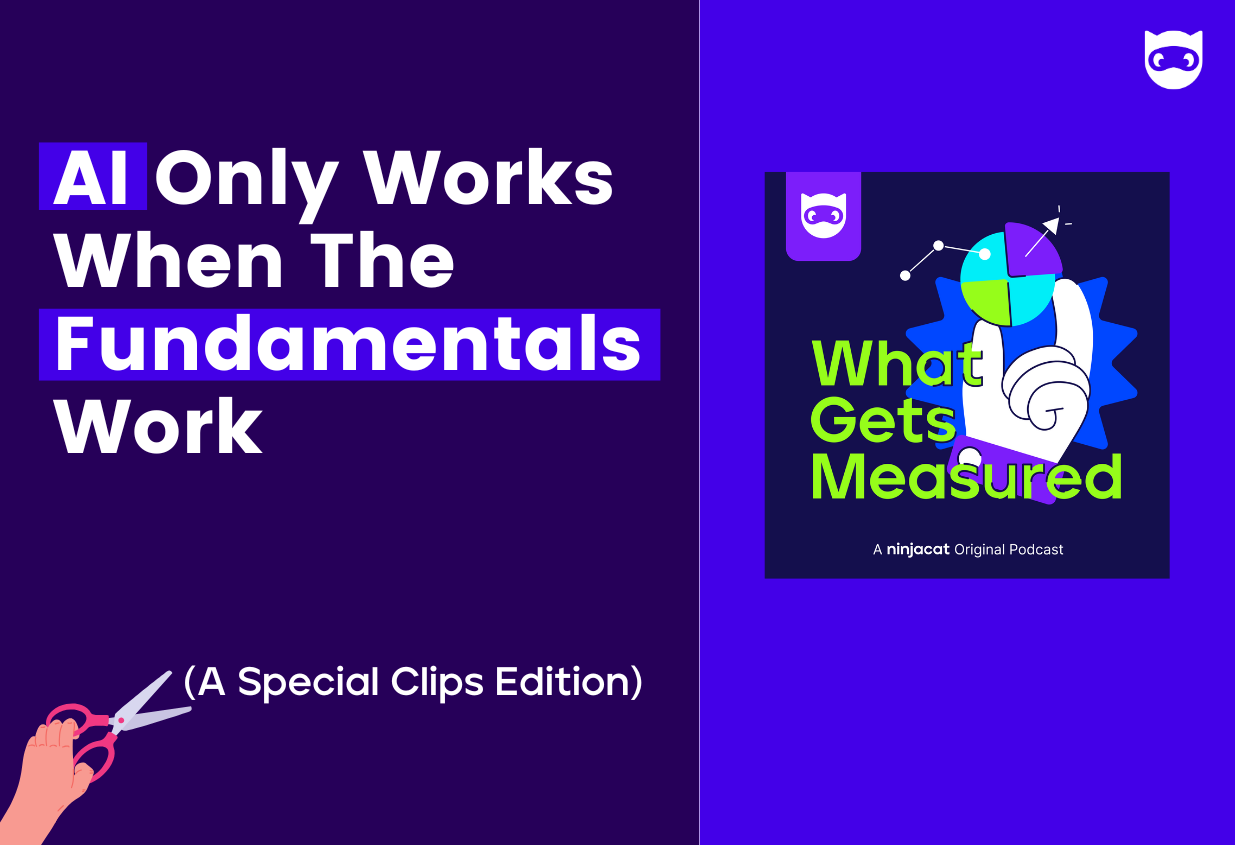Getting Hammered By Data? How To Fix Your Social Media Reporting Tools

Marketers have never had more access to performance metrics, thanks to the proliferation of digital advertising and social media reporting tools. However, as each new platform pops up, the complexity increases for marketers looking to track effectiveness and crank up efficiency. How can marketers tame the data chaos and utilize social media reporting tools for their strategic benefit? Let’s find out.
The State of Social Media Reporting
Advertising and marketing are heavily reliant on data and analytics, which is why so many social media sites offer their own reporting tools and platforms. While each social media site may have figured the best way to report on performance for their platform, when it comes time to hand over a report to clients, it’s up to individual marketing teams to consolidate social media campaign data into a packaged report that is meaningful for their stakeholders and aligned with their strategy.
In a way, performance data is both overwhelming and underwhelming for agencies. Social media reporting consists of a ton of data wrangling and manual cut-and-paste work, after which, there is typically little time or space for annotations or suggestions, which leaves most social media reports bland and uninspiring.

Twitter, Facebook, Pinterest and the other leading social platforms all provide dashboards, reports, advertising metrics and analytics which give marketers a rush of dopamine and a sense of accomplishment. However, the key question of “does any of this high level reporting lead to bottom line results?” remains unanswered by generic templates found on most social media reporting tools.
It’s essential to recognize that social media reporting tools are just that, ‘tools’ that can help, or hinder, your strategic plans. In the end, it all comes down to the metrics you choose to include in a social media report, and the story you can tell with that data.
With so many widgets and metrics to choose from, most agencies use their marketing reports like receipts, proving that something happened, rather than using reports as a tool to inspire conversations and guide strategy.
What data should be in a social media report?
It would be nice if there was a standard way to report on social media marketing. But the truth is, every brand and agency face unique challenges, so their social media reporting will reflect this and require a distinct and individualized touch.
There are a million metrics to track in social, but don’t be overwhelmed by the data: consolidate it. If you can start by grouping performance data in the following categories, your report will be cleaner, the results will be easier to understand, and the next steps will be clearer.
- Engagement: Likes, Comments, Shares, and Clicks
- Awareness: Impressions, Reach
- Share of Voice: Sentiment, Volume
- ROI: Referrals, Conversions
- Customer Service: Response time and Reply rate
While these metrics are a good place to start, observe the metrics that get your client’s attention; chances are there are a few custom data sets that you can add into your social media report that can pique interest and increase value.

Looking for social media report inspiration? Visit our Report Template Gallery for a downloadable Facebook Ads Report template you can customize and glow-up your next batch of client reports.
What to expect from social media reporting tools
When it comes time to select a social media reporting tool for your agency, there are many considerations, but chief among them should be functionality
Chances are you are running campaigns on more than one social media platform, which is why it’s important to find a social media reporting tool that addresses your needs and fits within your budget.
With proper implementation, social media reporting tools can bring down the time associated with pulling data, streamline your reporting workflows and processes, and bring cross-platform insights to your report presentations.
Since data inhabits so many far-flung corners of the modern marketplace, social media reporting tools can reduce the costs associated with data gathering/wrangling/processing from several sources. A well connected marketing data warehouse can be worth its weight in gold!

Caption: A recent study, found on Research Gate, reveals that nearly 60% of a data scientist’s time is spent cleaning and organizing data.
If a hefty majority of the average data scientist's working day is dedicated to cleaning and organizing data, then the working hours applied to marketing data management in the average agency can’t be too far off. A social media reporting tool can drastically reduce the hours associated with data pulls, cleaning, transformation, etc.
Since social media reporting tools like NinjaCat help normalize marketing data, agencies have the ability to create cross-channel reporting, custom templates that scale, and multi-location rollup reports.
By equipping your team with customizable, white-labled templates, social media reporting tools can also bring cohesion to your presentations, increasing the visibility of your value as an agency.
You’ve got the data. What do you want to do with it?
Measuring effectiveness on social media can feel so complex. Trends, fads, and fashions can feel so ineffable, it would be easy to approach performance marketing with a blase attitude; just grab the data, build a deck, and ship it.
Are you asking yourself the right question when it comes to fully utilizing all the data available from social media platforms? Mainly, what do you want to do with it?
Marketers produce mountains of reports over their career, and in many ways this abundance of data has both positive and negative effects. There will always be data to collect, but there may not always be insights accompanying the data sets. This is why strategy is the most important component in properly gaining the maximum benefit from social media reporting tools.
With great data comes great responsibility; report on it wisely.
Book a demo to discover how the NinjaCat platform can fill out your social media reporting toolkit.




.png)
